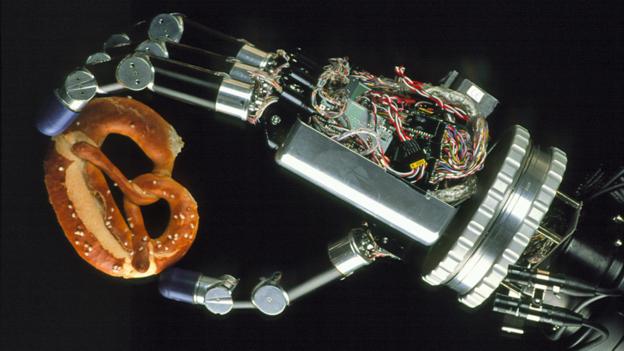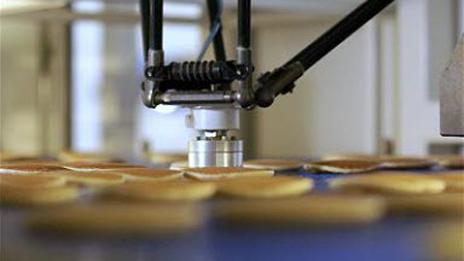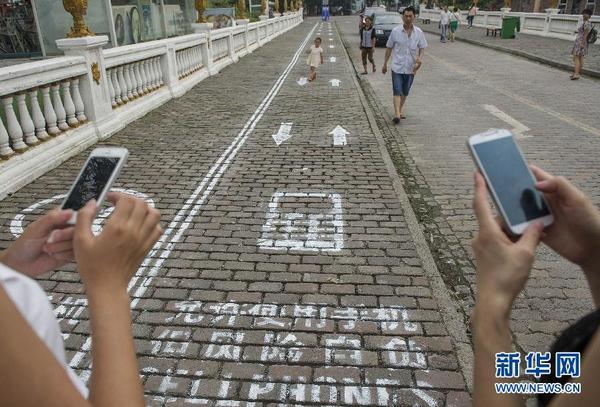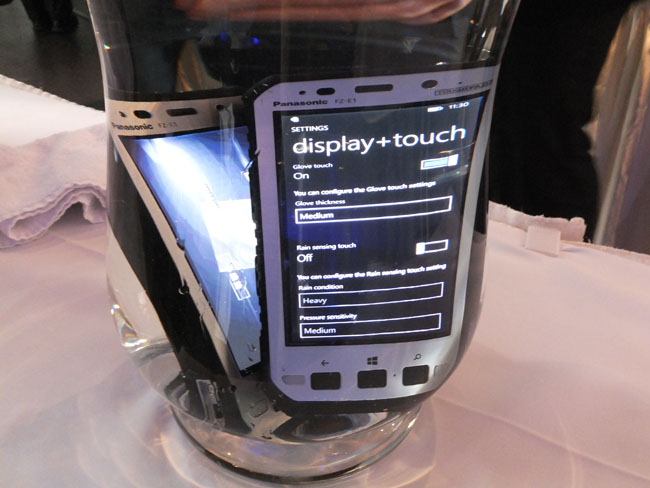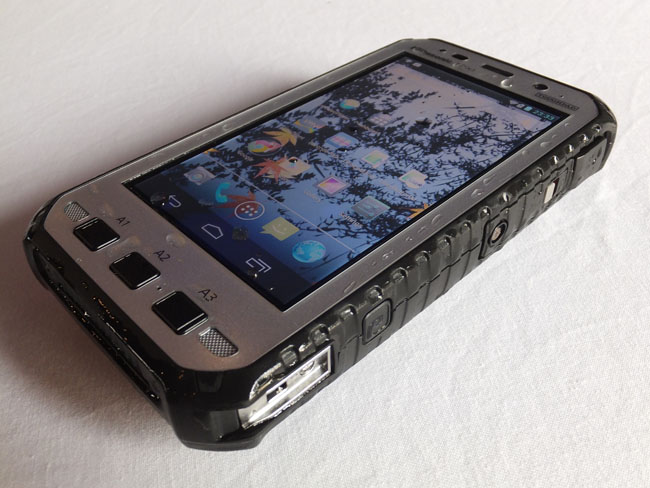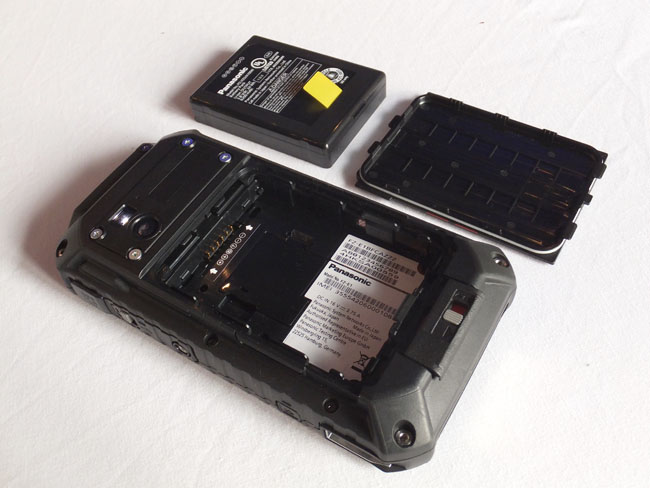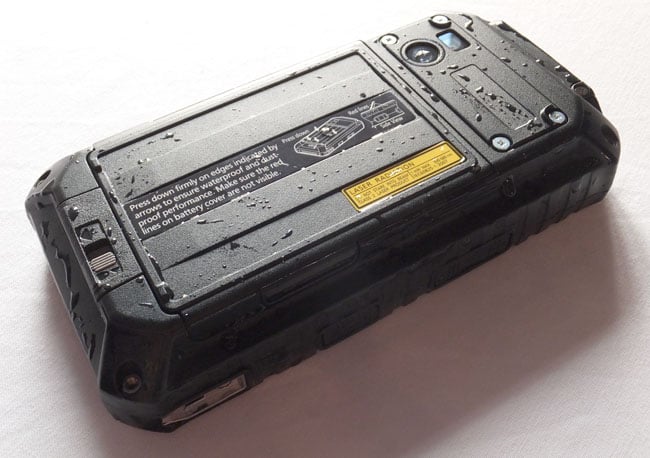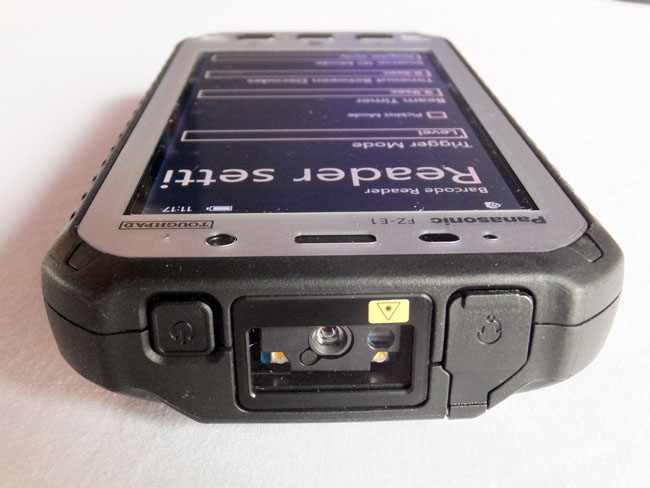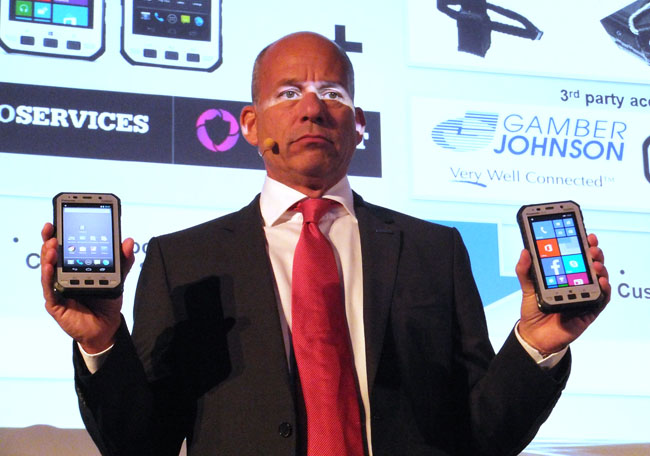
SAN FRANCISCO—Intel is here once again to regale the world with
its ambitious plans to install its computer chips in devices and systems
of every shape and size, from the mightiest servers to the humblest
connected switches in smart homes and
wearables.
"We'll keep taking billions of transistors and placing them on
processors. ... It's Intel end-to-end, going from the data center to the
Internet of Things," CEO Brian Krzanich said Tuesday to kick off the
Intel Developer Forum at Moscone West. "With our diverse product
portfolio and developer tools that span key growth segments, operating
systems, and form factors, Intel offers hardware and software developers
new ways to grow, as well as design flexibility. If it's smart and
connected, it's best with Intel."
And the chip giant certainly has a lot of balls in the air these
days, the result of a multi-year strategy to salt computing systems up
and down the stack with its x86 processor architecture. Intel chips now
dominate the data center—new server chips codenamed Grantley
were released
earlier this week—as well as the PC market. Meanwhile, the company's
belated efforts to challenge ARM in mobile devices appears to be picking
up steam, especially
with the release of its first 14-nanometer, 4.5-watt chips in the new Core M line, which enable fanless tablet and 2-in-1 PC designs.
We've already seen a handful of new ultra-thin 2-in-1s powered by
Core M chips from the likes of Hewlett-Packard, Lenovo, and Dell. Here
at IDF, Michael Dell joined Intel to unveil a new Atom Z3500-based
tablet line, the Dell Venue 8 7000 Series, pictured at right. These new
22nm "Moorfield" slates feature Intel's RealSense 3D photography
technology and will be the "world's thinnest tablets" when they're
released later this year, according to the two companies.

Intel also launched a new reference design program for makers of
Android tablets using Intel chips, which will "help scale the deployment
process of Android for tablet manufacturers by providing software
engineering work [and] streamlined access to Google Mobile Services, as
well as support for updates and upgrades to future Android releases,"
the company said.
Sticking with the theme of an expanding mobile portfolio, Intel announced that its second-generation LTE platform, the
XMM 7260 modem
is now commercially available and shipping in Samsung's Galaxy Alpha
smartphones sold in Europe and elsewhere. Building on its acquisition of
Infineon Technologies, Intel has been pouring significant resources
into RF in an attempt to take on ARM licensees like Qualcomm for
positioning in smartphones and tablets.
The Next Big Thing
But in a sense, all of that PC and mobile device stuff is already
old hat for Intel. Krzanich and his colleagues clearly have their eyes
trained on another burgeoning market with tremendous opportunities for
growth—namely, the Internet of Things (IoT) and wearables.
There are currently about 2.2 billion x86-based devices out in the
wild in 2014, according to the Intel chief, but there could be 50
billion by 2020. That's how explosive the growth of demand may be for
connected computing systems in our homes, our cars, and even in the
clothes and jewelry we wear.
Krzanich spoke of what he called the "maker's world," Intel's
burgeoning ecosystem of developers building creative new IoT devices and
wearables. About a year ago, the company released a tiny, very low
power, single-core, 32-bit x86 System-on-a-Chip (SoC) called Quark to
address this market. The first Quark board for Krzanich's makers was
dubbed Galileo, offering developers a platform for building simple,
connected IoT devices.
On Tuesday, Intel announced that the follow-up to Galileo, Edison, is
now available. Edison, pictured below, features a dual-core SoC, Wi-Fi
and other comms capabilities, memory, support for expansion boards to
bring in USB and more, in a package "only slightly larger than a postage
stamp," the company said.
Edison is priced at $50, down from Galileo's $70, Krzanich noted.

Of course, Intel already has some goodies to show in the wearables department, namely the
MICA smart bracelet it unveiled at Fashion Week in New York.
Short for "My Intelligent Communication Accessory," MICA is both
bejeweled and digitally enhanced, the product of a "landmark"
collaboration between Intel and fashion house Opening Ceremony, the
company said.
"This is something you want to wear independent of the technology
inside and when you realize what the technology inside is, you've got to
have one," Krzanich said.
Intel hasn't revealed a ton of information about the technological
functionality of the smart bracelet, but the company has said it will
allow wearers "to stay connected via SMS messages, meeting alerts, and
general notifications delivered directly to the wrist, with additional
features and functionalities to be revealed at a later date."
MICA, which features a curved sapphire glass touchscreen display,
per Intel, will come in two versions—one with a strap of black
watersnake skin and adorned with Chinese freshwater pearls and Malagasy
lapis, while the other sports a band made of white watersnake skin and
is accented by tiger's eye gems sourced from South Africa and Russian
obsidian.
Starting later this year, MICA will be sold in the United States exclusively through AT&T, Intel said.
The chip giant demoed a number of wearable reference designs at
CES earlier this year. Krzanich highlighted some of the real-life
products that have emerged in the nine months since that Las Vegas
showcase, including MICA and SMS Audio's battery-free BioSport heart
rate-tracking, smartphone-syncing earbuds.
And as it is doing for Android tablet makers, Intel is throwing
some cash and expertise at makers of wearables with its new Analytics
for Wearables (A-Wear) developer program. The A-Wear program, which is
free to access for all developers of Intel-based wearables, "will
accelerate development and deployment of new wearable applications with
data-driven intelligence" leveraging Cloudera CDH software and Intel's
cloud infrastructure, the company said.
PC MAG







